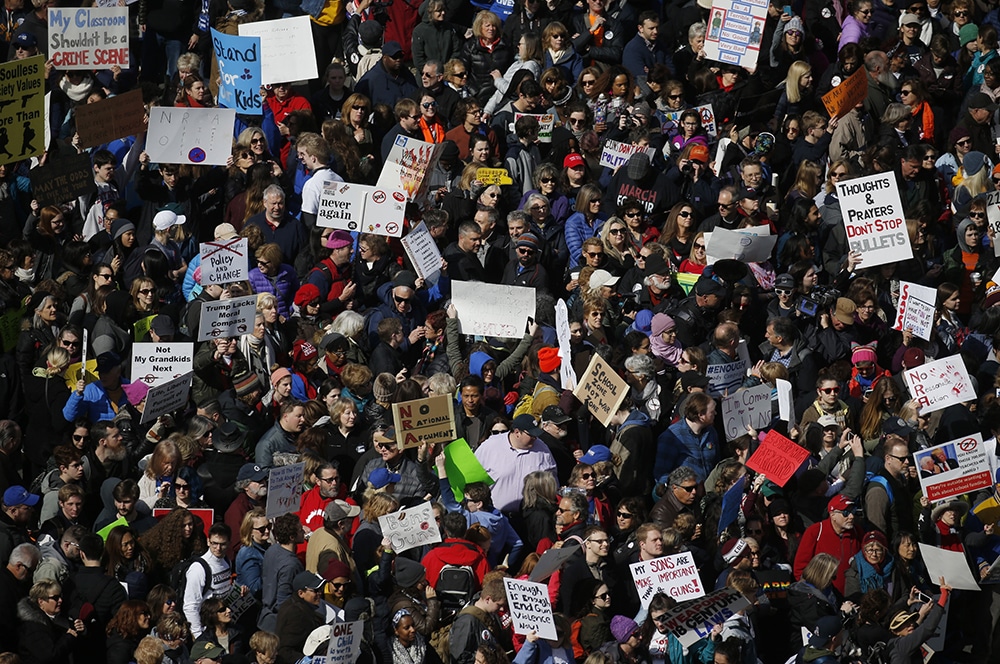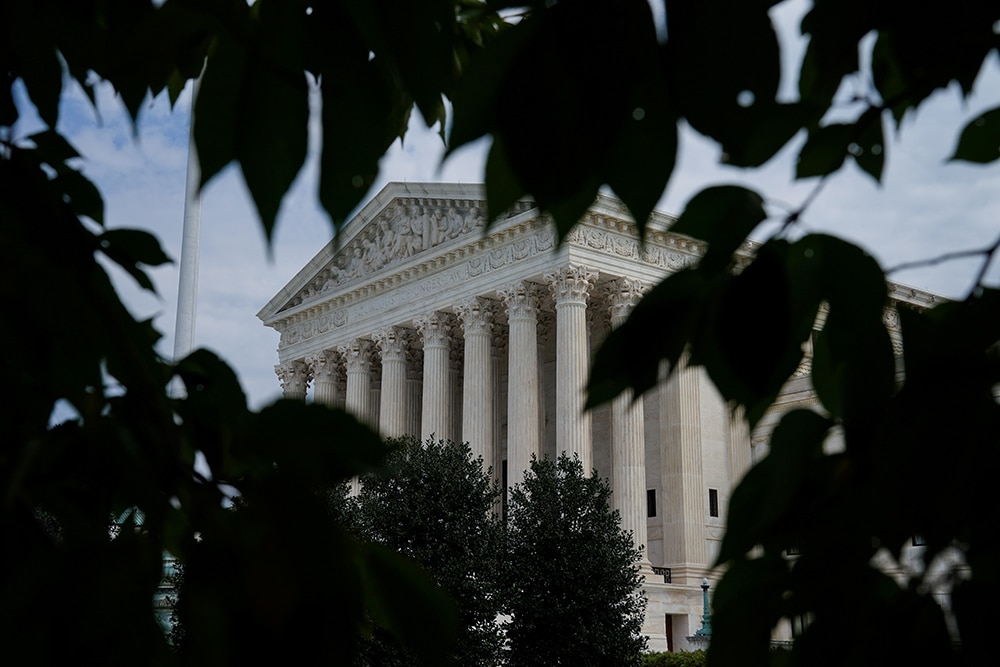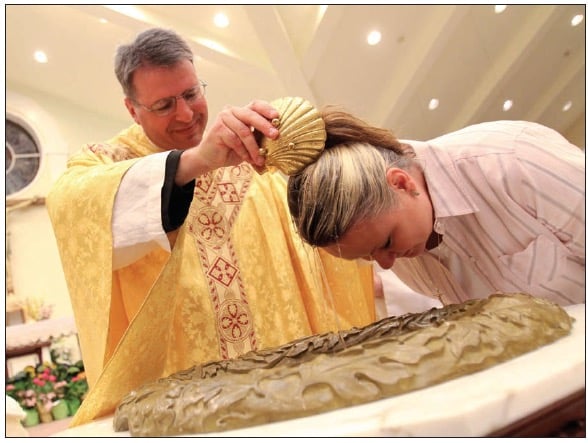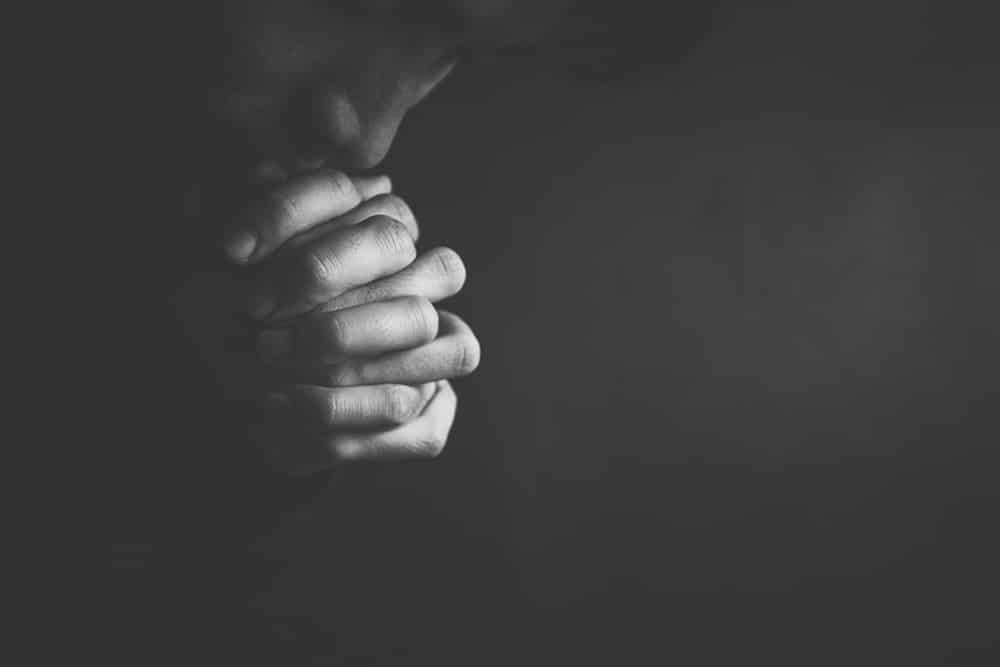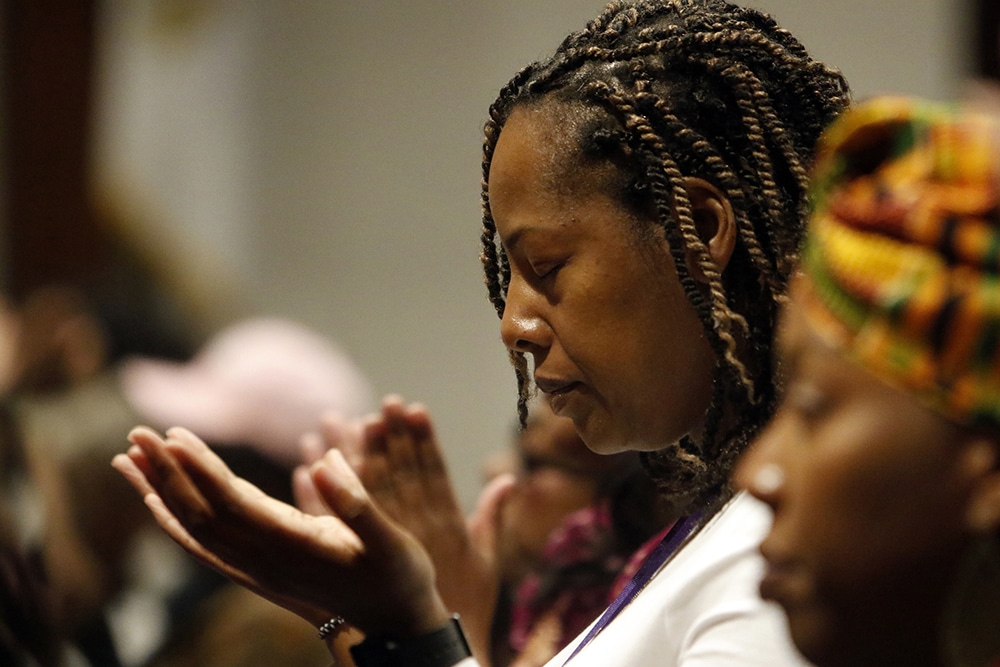The world watched as hundreds of thousands of people — young and not-so-young — marched for an end to gun violence and called for gun reforms March 24. Indeed, gun violence is a disturbingly common problem in today’s society — especially when it occurs on school campuses, as it has all too often in recent years. We need to speak out with a clear, united voice and demand that our schools — where our children are spending an average of 6.5 hours each day — are places where they may learn, explore, grow and thrive in complete and total safety. We owe this to our young people.
We would be naïve, however, if we did not recognize and seek to uproot a problem and pattern of societal violence that extends beyond just guns. It includes, first and foremost, the hundreds of thousands of the youngest and most innocent lives being snuffed out in the womb before they even have a chance to begin. It includes the elderly who are being coerced into “death with dignity.” It includes the rampant exploitation of individuals through pornography and human trafficking. It includes acts of terror at home and abroad. It includes the many physical, sexual, verbal and emotional abuses that have become prevalent everywhere from the political sphere to Hollywood to private domestic life — and, sadly, to the Church. It includes the disturbing images frequently found in media such as movies, television and video games. And it includes our own interpersonal interactions, especially in the realm of the often virulent and charged environment of today’s social media platforms.
Sometimes with an issue as complex and intimidating as that of violence, it may be difficult to know where to begin. For an assist, we can look to the U.S. bishops, who nearly 25 years ago gave considerable thought to the role Catholics can play when it comes to combatting violence in the pastoral message “Confronting a Culture of Violence: A Catholic Framework for Action.” Because of the sadly pervasive subject, the message holds just as true today as it did then. And it certainly feels more urgent.
The framework by the bishops includes the following recommendations that can be carried out on either a macro or a micro level: pray for peace in our hearts and in the world; listen to the experience of others who have faced violence; examine our own actions and attitudes with an eye to how they feed our culture of violence; help individuals confront violence in their hearts and lives; build on the work others are doing in the Church to combat violence; and hold institutions such as the government, media and criminal justice system accountable for the role they play in advancing a culture of violence. They also advise justice without vengeance and advocacy against abortion and against the availability of deadly weapons. And they note the importance of identifying the root causes of violence, strengthening communities and families, and promoting education, research and training in nonviolence.
These recommendations offer a practical path forward for any individuals, parishes and communities in search of strategies to transform our violent culture.
As we enter more fully into this Easter season, let us be mindful of the Church’s transition from Good Friday to Easter Sunday. The violence of that horrific day was met not by vengeance or with vitriol, but with a new way — the way of the Prince of Peace. May we, too, commit to confronting and eradicating violence of all kinds, and to building a culture where the love and peace of the Risen Christ reigns supreme.

